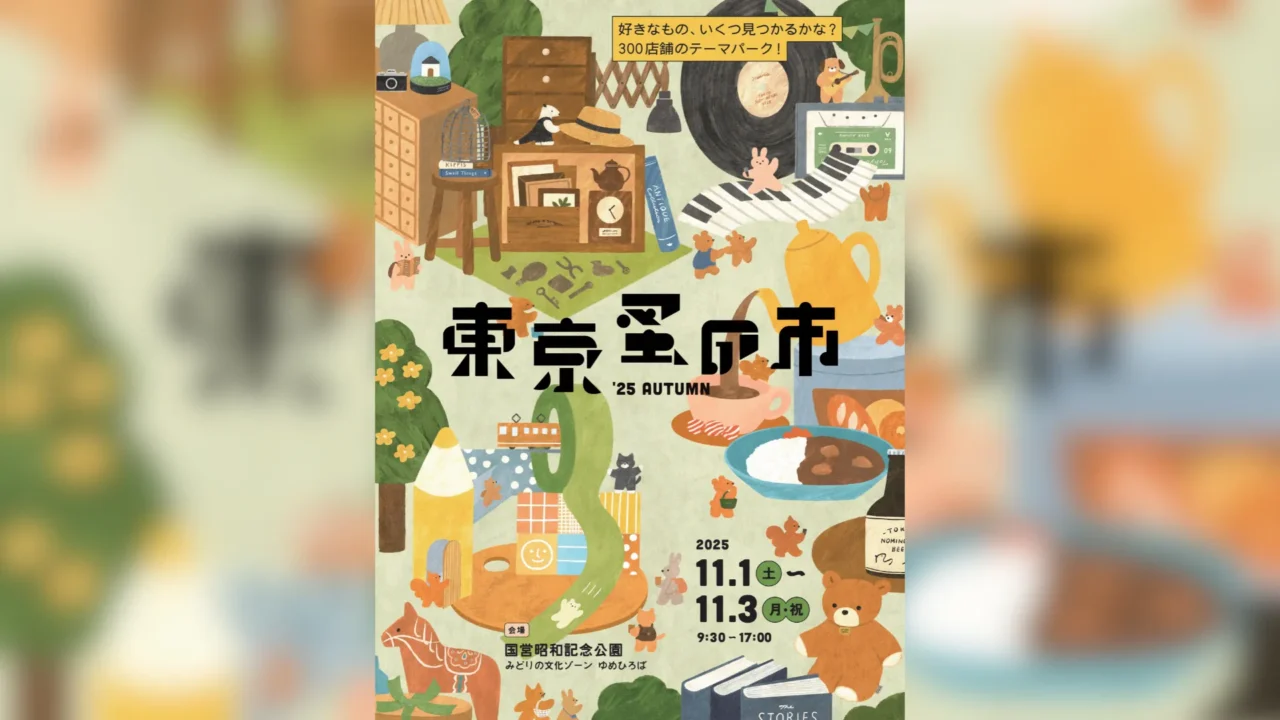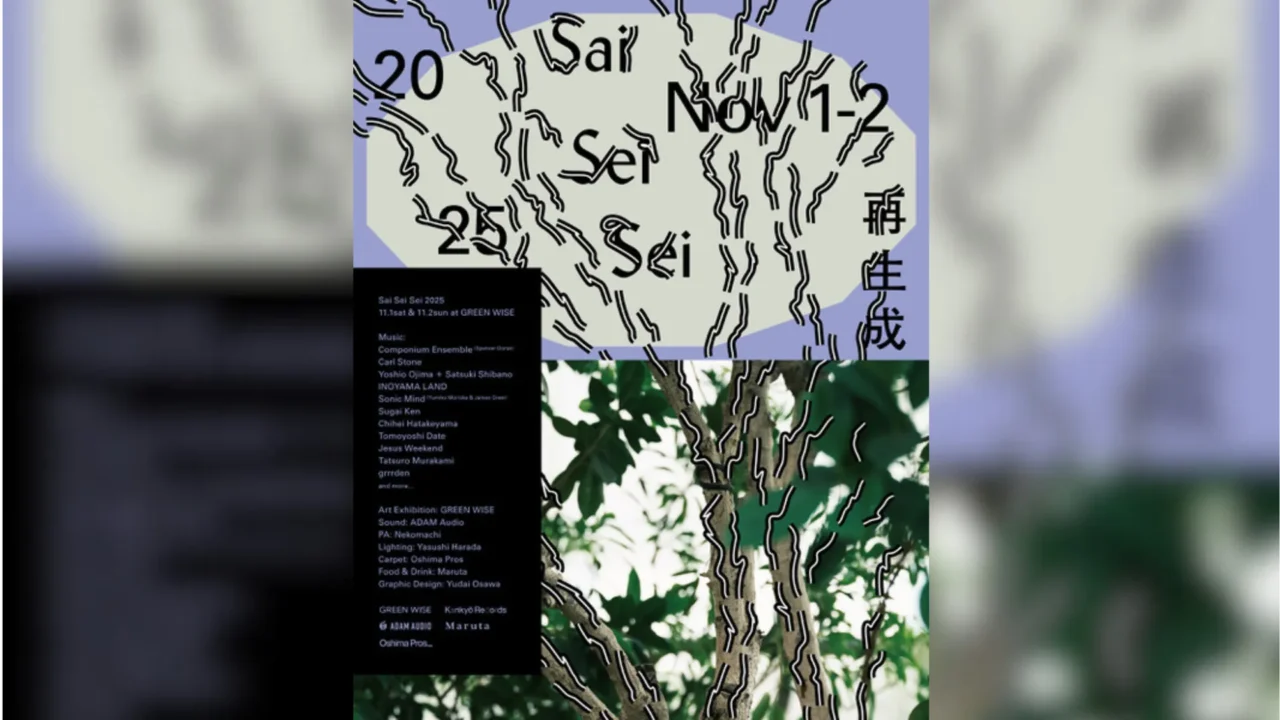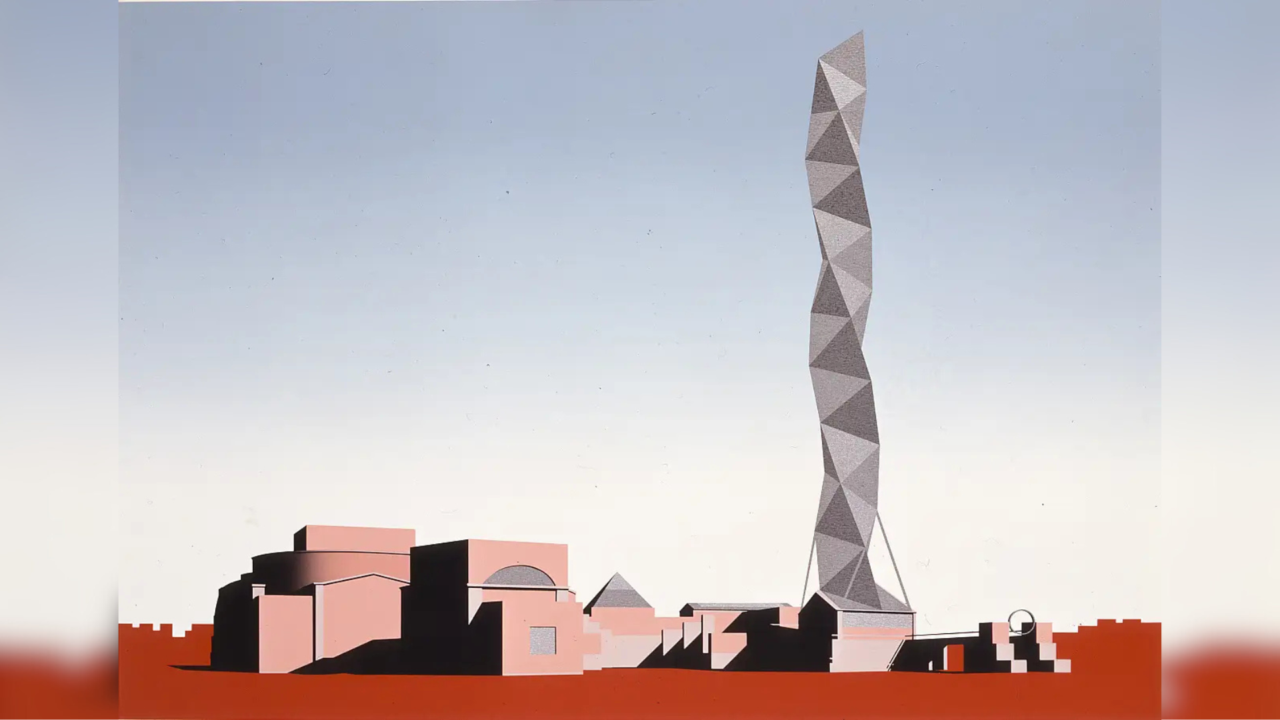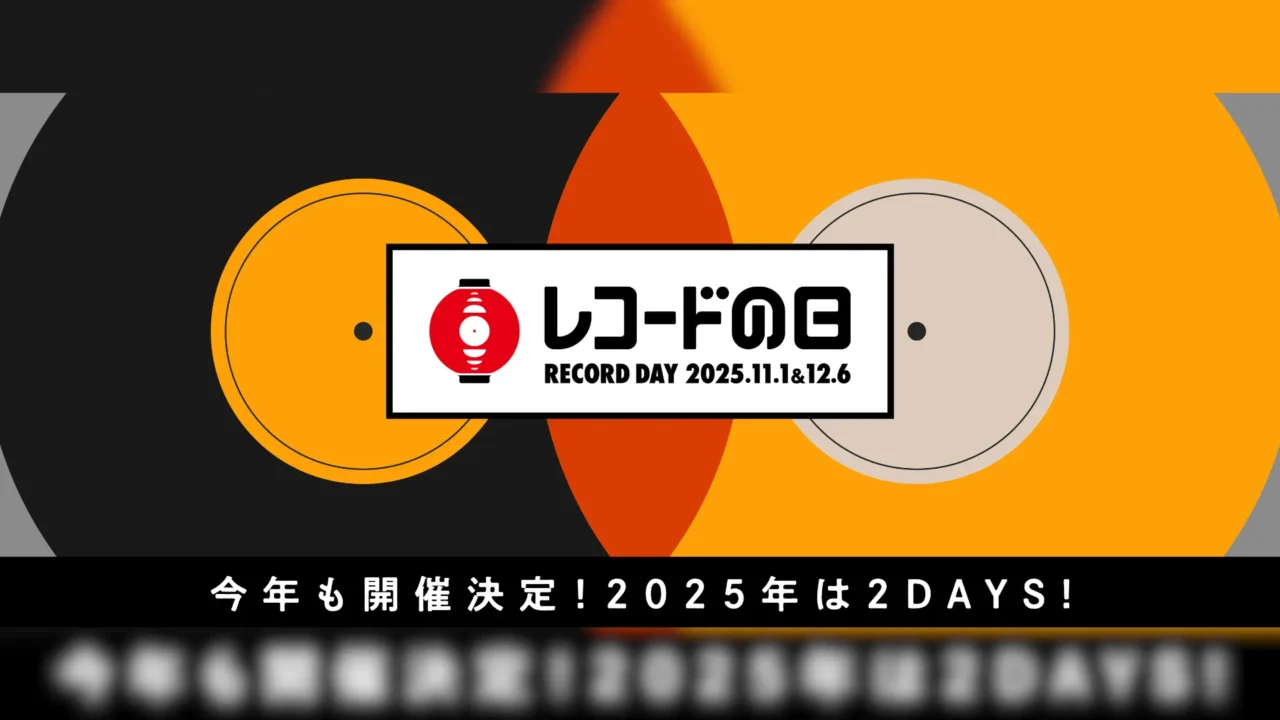In Japanese characters, Tomoyuki translates to “the joy of knowing.” Tomoyuki Natsume, also known as Summer Eye, personifies the delight and happiness derived from knowledge and learning. In our last issue, we accompanied Summer Eye to the Museum of Tobacco and Salt, exploring the “Cigarettes” section. This time, our focus shifts to the intriguing world of “Salt.”
INDEX
“You are my salt!” could Transform into “I love you”
“You’re my sunshine!” would make my day if someone said it, but no one would ever say, “You’re my salt!” And even if they did, decoding that message would be a challenge. It’s a bit disheartening because ‘salt’ carries connotations of ‘saltiness,’ and the term is also used to describe something lackluster, leaving me to feel less attractive. In recent years, Japan’s scorching summers have made water and salt essential! Yet, the status and perception of salt remain humble.
A glimpse into the Tobacco and Salt Museum’s permanent exhibit, “The World of Salt,” might just turn this perspective around. If the whole world were to visit, perhaps by the day after tomorrow, “You’re my salt!” could hold more weight than even “I love you.” Let’s embark on this journey together and get acquainted with the world of salt.
INDEX
Recollections of Natsume’s Summertime Salt Crafting: Japan’s Remarkably Distinct Approach to Salt Production
Salt triggers a flood of memories. During my time at elementary school, we had a unique salt-making class—a surprising addition to our curriculum, likely influenced by our proximity to Tokyo Bay. Unusual, right?
Our first task involved transforming the school building’s rooftop into a salt field by spreading sand from the schoolyard. It was no easy feat. Then, armed with buckets, we headed to the beach to pump seawater, transporting it back to sprinkle on the salt fields once or twice a week. A laborious process indeed. After repeating these steps for a semester, tiny white salt crystals began to emerge amidst the sand. The collected sand, mixed with seawater and strained, yielded a thick, briny liquid. Boiling it down completed the transformation into salt.
When we tasted the salt we crafted, it left a bitter impression—profoundly bitter, saturated with impurities. The shock went beyond the taste; it was the meager quantity that struck me. Despite investing six months in the process (boiling it down in the science lab), the yield barely clung to the bottom of the beaker. The emptiness of that time remains etched in my memory.
I used to think, “How difficult can obtaining salt be?” … From that day until now, spanning 30 years, every encounter with salt in the supermarket invoked a silent expression of gratitude for its arduous journey.
However, as I delved into the exhibit, I discovered that the salt-making experience I underwent was rather atypical! Presently, the world’s salt production, totaling around 280 million tons annually, predominantly relies on inland salt sources like rock salt and salt lakes. Moreover, only a minority of salt undergoes a process combining (1) thickening seawater to obtain saltwater and (2) boiling it down to yield crystals.
Despite technological advancements and changes in scale, the Japanese salt manufacturing method has persevered as a two-step process—embodied in the actions (1) and (2) described. The exhibition delves into the historical evolution of this method, offering valuable insights. Reflecting on a potential “national character,” I pondered whether the meticulousness of salt production played a significant role. Although I hesitate to label it as troublesome, the sheer time and effort involved are undeniably staggering.
A captivating sight within the exhibit is the reconstructed iron kettle and kettle house of the Kadohana family in the Noto Peninsula. This unique structure is the sole survivor in Japan, showcasing the traditional method of manually sprinkling seawater on the beach for salt production.
INDEX
We Live Surrounded by Salt and Owe Our Lives to Salt
Now, the staggering 280 million tons of salt we consume isn’t entirely for direct consumption. In fact, less than 15% of it serves as food salt (at least in the case of Japan)! That’s a relatively small portion. Salt undergoes various transformations into chlorine, caustic soda, soda ash, and more, contributing to different facets of our lives.
Take chlorine, for instance—it plays a crucial role in disinfecting polyvinyl chloride products, semiconductor silicon, and tap water. Without them, we’d face significant challenges. While caustic soda might not be a household term, it’s deemed indispensable for the production of synthetic fibers, aluminum products, paper goods, and soap. These elements, it seems, are more integral to our lives than we might realize.

Observing the exhibition, it becomes apparent that there’s little in our daily lives untouched by salt. We exist enveloped and sustained by salt. Life without it would be unimaginable.
If you’ve followed along this far, the urge to proclaim, “You are my salt!” must be building within you. I certainly find myself tempted to utter those words. Huh? Not feeling it? Well, darn. I guess I’ll have to sprinkle a bit of salt on you.
Summer Eye’s salt playlist
Information

Summer Eye
Daikichi
Tuesday, March 21, 2023 release
- Failure (new mix)
- Courtship (new mix)
- Wangan (new mix)
- Sugoroku
- Sweet Orange
- Life (new mix)
- Shuikeng (new mix)
- White Whale
- Daikichi
Information
Tobacco and Salt Museum
Address: 1-16-3 Yokogawa, Sumida-ku, Tokyo
Hours: 10:00 – 17:00 (Closing time for admission is 16:00)
Closed: Mondays (or the weekday immediately following Monday if Monday is a national holiday or substitute holiday), year-end and New Year holidays (December 28, 2023 – January 3, 2024)
Admission: Adults and university students: 100 yen, elementary, junior high, and high school students: 50 yen






















